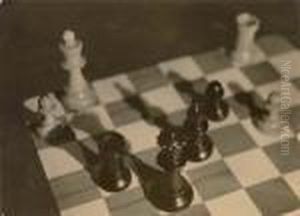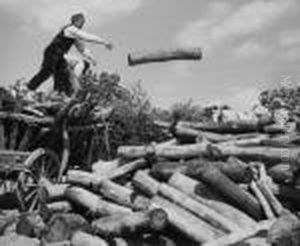Imre Kinszki Paintings
Imre Kinszki was a notable Hungarian photographer, whose work is celebrated for its contribution to the modernist movement in photography during the early to mid-20th century. Born on December 21, 1901, in Budapest, Hungary, Kinszki developed an interest in photography at a young age. His work is characterized by a keen eye for geometry, light, and the urban landscape, reflecting the dynamic changes of the period between the two World Wars. Despite his potential, Kinszki's career was tragically cut short due to the events of World War II.
Kinszki's photography is often compared to that of the Bauhaus movement, although he developed a distinct style that combined technical prowess with a poetic vision of his surroundings. He was particularly fascinated with the burgeoning modernity of urban life, capturing the essence of cityscapes, industrial sites, and the interaction of people within these spaces. His photographs are noted for their innovative use of angles, shadow, and reflection, showcasing a unique perspective on everyday scenes.
Despite his burgeoning career and growing reputation, Kinszki's life took a tragic turn during the Second World War. Being of Jewish heritage, he faced increasing persecution following the German occupation of Hungary in 1944. In an attempt to escape the Holocaust, Kinszki and his family tried to flee Hungary but were captured. Imre Kinszki died in 1945, his life and promising career prematurely ended by the atrocities of the war.
Kinszki's contribution to photography did not gain widespread recognition until well after his death, with his work being rediscovered and appreciated for its artistic and historical significance. Today, Kinszki is remembered as a pioneering figure in modernist photography, whose visions of urban life and technical experimentation have left a lasting impact on the field. His photographs are included in the collections of major museums and galleries around the world, serving as a testament to his artistic legacy and the tragic story of his life.


